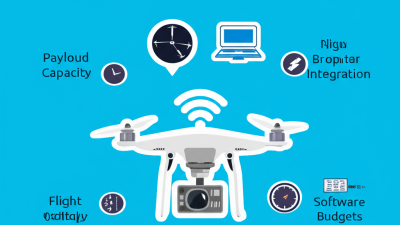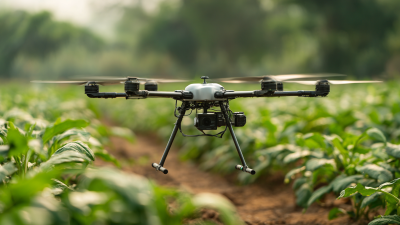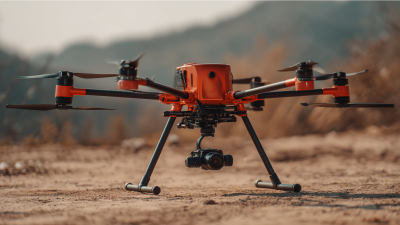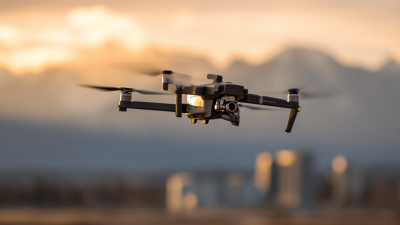Leave Your Message
As technology continues to evolve at an unprecedented pace, UAV unmanned aerial vehicles are at the forefront of innovation, dramatically reshaping various industries. From agriculture and disaster management to surveillance and delivery services, the versatility of UAVs offers new possibilities that were once confined to the realm of science fiction. This exploration delves into the future of UAV technology, showcasing the latest advancements that enhance their capabilities, efficiency, and applications. By examining cutting-edge developments, such as artificial intelligence integration, improved battery life, and enhanced autonomy, we can understand how these innovations are addressing existing challenges and unlocking new potential for this transformative technology.

As we venture into this exciting landscape, it becomes crucial to consider not only the technical aspects of UAV unmanned aerial vehicles but also the ethical implications and regulatory frameworks that will guide their integration into everyday life. It is an era of limitless possibilities, driven by relentless innovation in UAV technology.
Recent advancements in Unmanned Aerial Vehicle (UAV) technology are reshaping industries and paving the way for innovative applications. One of the most significant trends is the integration of artificial intelligence and machine learning, which enhances the autonomy and decision-making capabilities of drones. This allows UAVs to perform complex tasks such as obstacle detection and real-time data analysis without human intervention. As a result, industries like agriculture, logistics, and surveillance are increasingly adopting UAVs for more efficient operations.
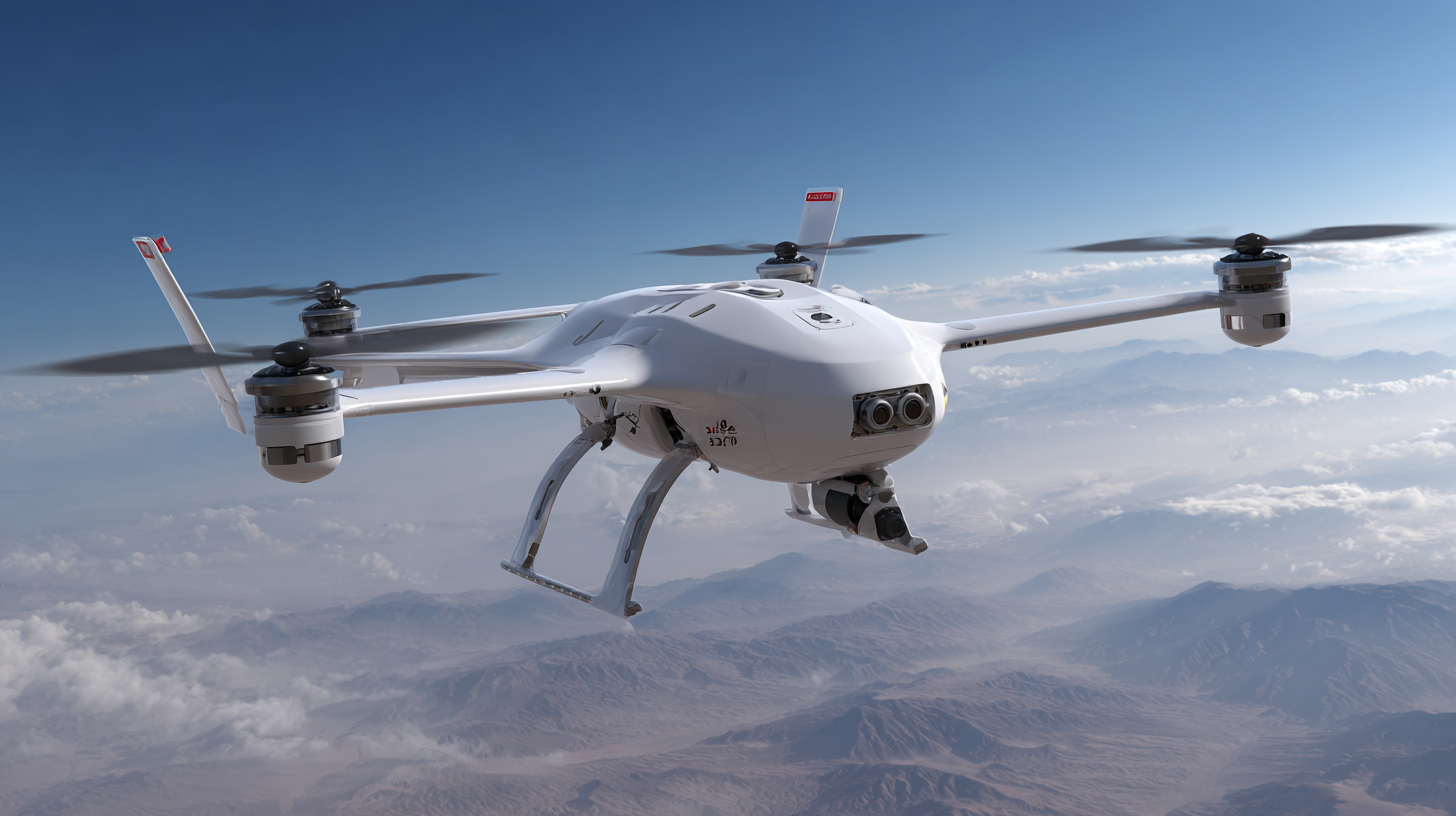
Another notable innovation is the development of hybrid drones, which combine the vertical takeoff and landing (VTOL) capabilities of traditional quadcopters with the extended flight range of fixed-wing aircraft. This versatility enables UAVs to cover larger areas and carry heavier payloads, making them particularly beneficial for search and rescue missions, environmental monitoring, and transportation of goods. Additionally, advancements in battery technology and energy sources are contributing to longer flight times, which further enhances the practical applications of UAVs across various sectors.
Unmanned Aerial Vehicles (UAVs) have rapidly transformed various industries by introducing innovative applications that enhance efficiency and capabilities. The commercial drone market is projected to reach an impressive scale, with estimates indicating it will grow from $1.1344 billion in 2025 to $1.04561 billion by 2033, driven by a robust compound annual growth rate (CAGR) of 32%. This escalation highlights the increasing reliance on UAVs for tasks ranging from aerial surveys and agricultural monitoring to infrastructure inspections and delivery services.
Key applications of UAV technology span several sectors, including agriculture, energy, logistics, and public safety. For instance, drones are increasingly employed in precision agriculture, where they assist in crop monitoring, irrigation management, and resource optimization. In the energy sector, UAVs facilitate power line inspections and maintenance, reducing operational costs and enhancing safety. As the low-altitude economy develops, the demand for advanced UAV solutions is expected to rise, paving the way for significant advancements in technology and infrastructure necessary to support these innovative applications.
The development of Unmanned Aerial Vehicles (UAVs) presents numerous challenges that must be addressed to ensure their successful integration into various sectors. One significant challenge is regulatory compliance, as UAV operations often intersect with existing airspace regulations. Governments worldwide are continually adapting their laws to accommodate UAV technology, but navigating these regulations can be complex for manufacturers and operators. Thus, collaboration between authorities and industry stakeholders is crucial to create a robust regulatory framework that ensures safety while promoting innovation.

Another challenge is the technological hurdles associated with UAV systems, including limited battery life and autonomous navigation. The reliance on batteries restricts flight time and operational range, which can impede commercial applications. Researchers are exploring alternative power sources, such as solar energy and advanced energy storage solutions, to enhance endurance. Additionally, enhancing autonomous navigation capabilities through advanced sensors and artificial intelligence can mitigate risks associated with human error, thus improving the overall reliability and efficiency of UAV operations. These innovations are essential for the scalable adoption of UAVs across various industries, from agriculture to logistics.
The rapid advancement of artificial intelligence (AI) and machine learning is significantly transforming the landscape of unmanned aerial vehicles (UAVs). AI algorithms facilitate real-time data processing, allowing UAVs to analyze their surroundings and make autonomous decisions. This capability enhances situational awareness, enabling drones to navigate complex environments with greater precision. For instance, AI-powered obstacle avoidance systems allow UAVs to detect and respond to unforeseen obstacles dynamically, which is crucial for applications ranging from delivery services to search and rescue missions.
Moreover, machine learning enhances the operational efficiency of UAVs by enabling predictive analytics. By processing vast amounts of historical flight data, machine learning models can identify patterns and optimize flight routes, reducing fuel consumption and improving response times. These advancements not only extend the operational range of drones but also lead to smarter mission planning. As UAVs become integrated with AI, their applications in sectors such as agriculture, infrastructure inspection, and disaster response are set to expand, paving the way for more innovative uses that were once deemed impossible.
This bar chart illustrates the impact level of various innovations in UAV technology, emphasizing the significant role of AI and machine learning in enhancing UAV capabilities.
The future of UAV technology is poised for transformative changes that will significantly impact various sectors including agriculture, logistics, and public safety. According to a report by the Federal Aviation Administration (FAA), the commercial drone market is expected to grow to $29 billion by 2026, underscoring the immense potential for innovation. With advancements in AI and machine learning, drones are now capable of real-time data analysis, improving operational efficiency and decision-making processes.
In the realm of delivery services, companies like Amazon and UPS are experimenting with drone logistics systems that promise to reduce delivery times and costs. Furthermore, a study by PwC predicts that drone delivery could save the logistics sector up to $50 billion annually by optimizing last-mile delivery strategies. Such projections highlight the increasing reliance on UAVs for practical applications, particularly in urban environments where traffic congestion can hinder traditional delivery methods.
Tips: When exploring UAV technology, consider the integration of IoT for enhanced connectivity and automation. Additionally, staying updated with regulatory changes will be crucial as regulations evolve to accommodate these innovations, ensuring safer and more efficient UAV operations in the near future.
| Dimension | Description | Current Status | Future Directions |
|---|---|---|---|
| Autonomy | Level of automated decision-making and piloting capabilities. | Partially autonomous systems mostly controlled by operators. | Increased fully autonomous UAVs with advanced AI integration. |
| Battery Life | The duration a UAV can operate on a single charge. | Current ranges from 30 minutes to 2 hours. | Innovations in battery technology could extend flight times to several hours. |
| Payload Capacity | The maximum weight a UAV can carry. | Typically ranges from a few hundred grams to several kilograms. | Future UAVs may carry heavier loads for logistics and surveillance applications. |
| Regulations | Government policies governing UAV usage. | Evolving regulations with significant limitations in urban areas. | Harmonized global regulations anticipated to facilitate UAV integration into airspace. |
| Applications | Various fields utilizing UAVs, from agriculture to delivery services. | Utilized primarily in agriculture, photography, and surveillance. | Emerging uses in disaster management, infrastructure inspection, and air taxi services. |
